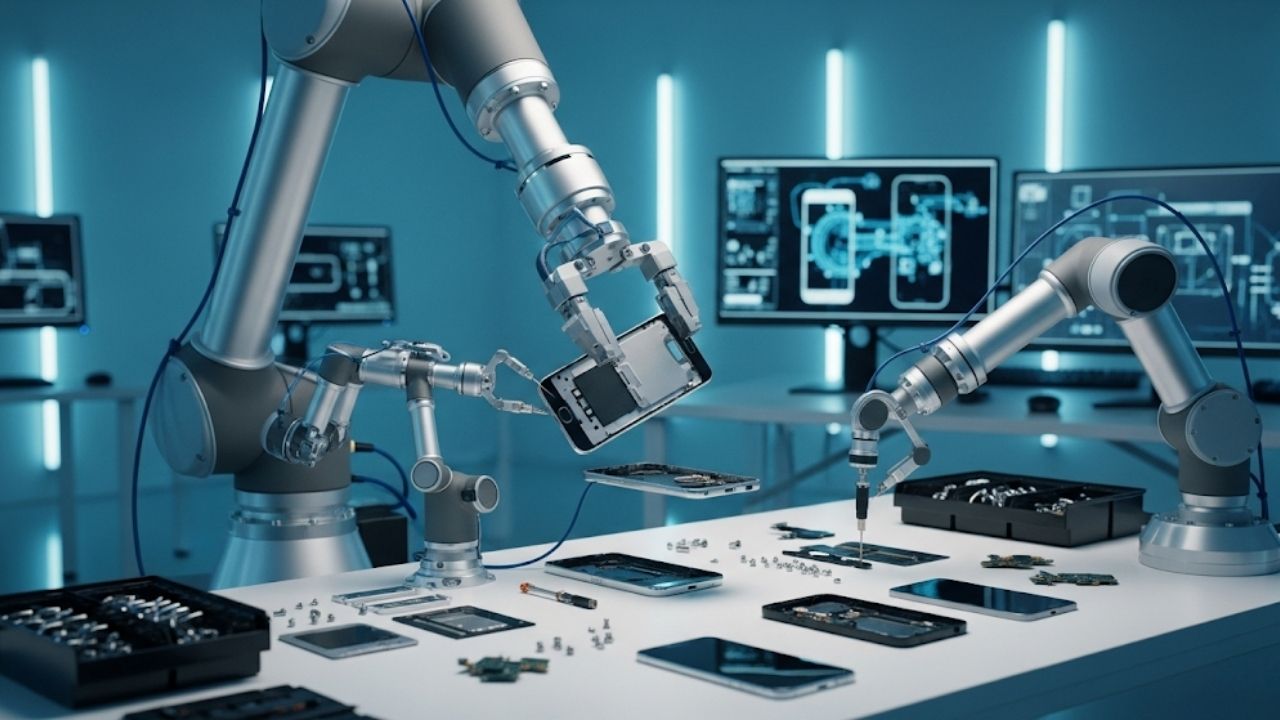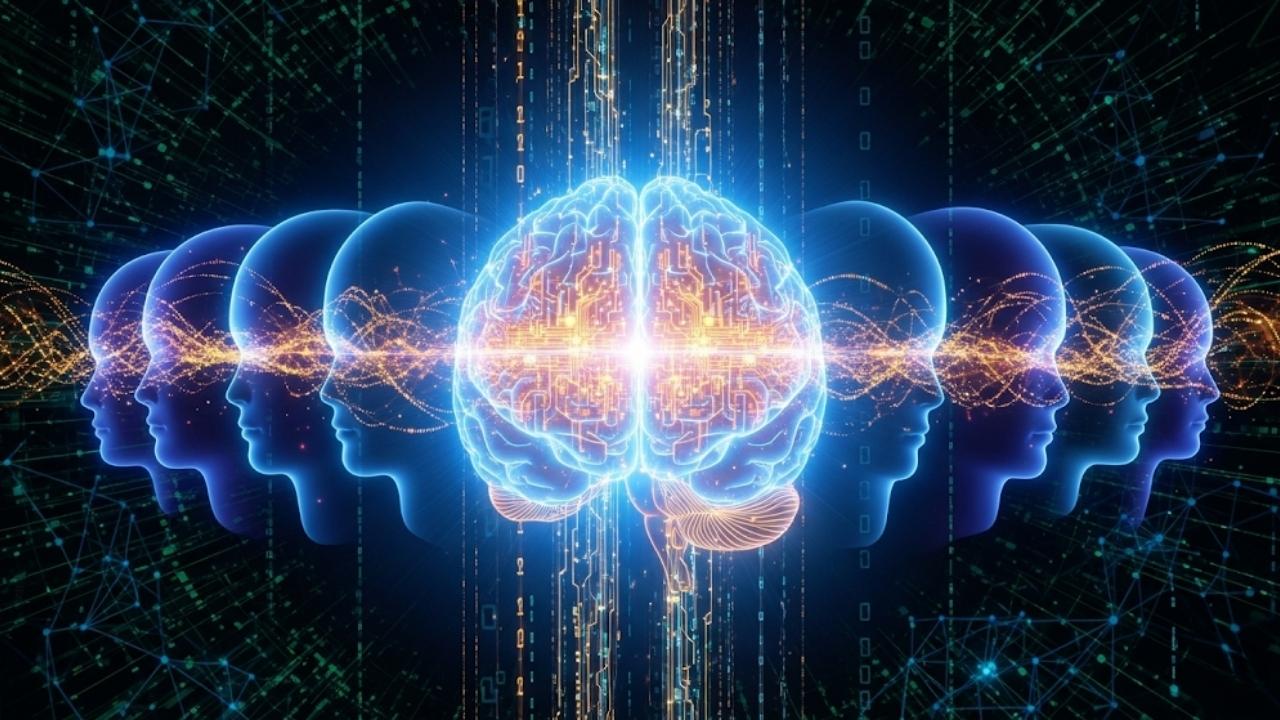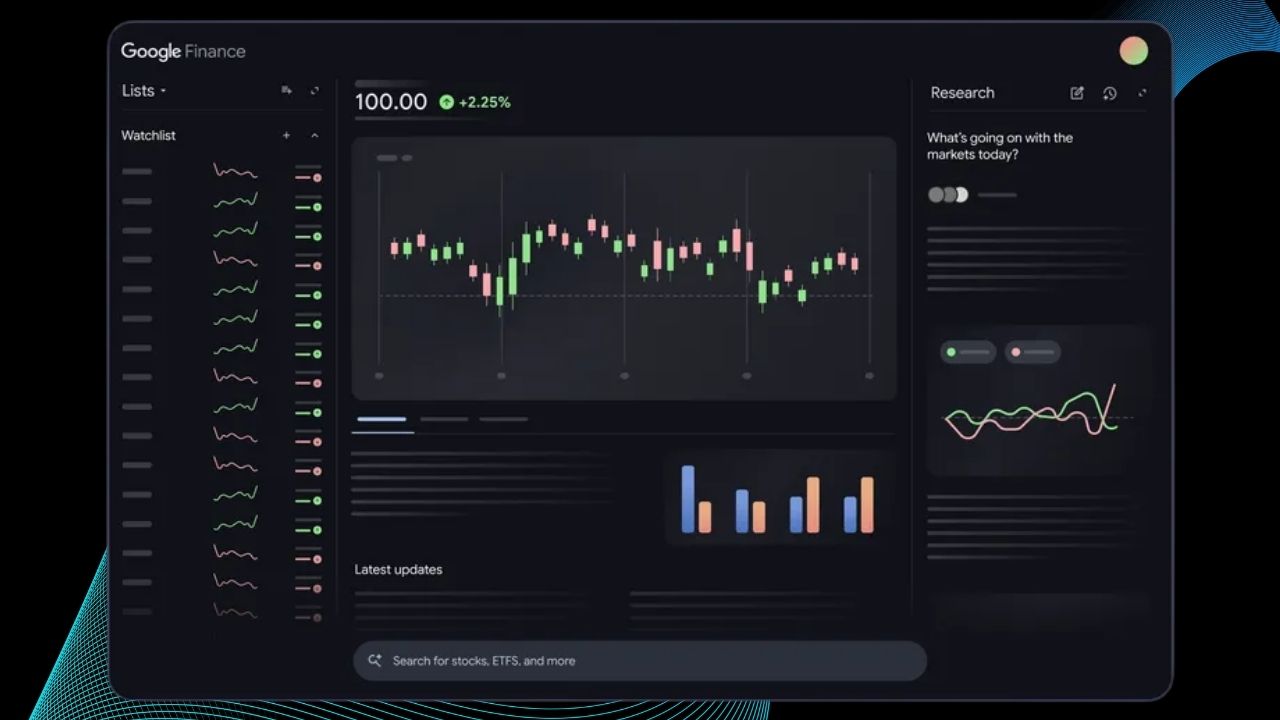New Diagnostic Tool Can Detect Hidden Cancer DNA Before Symptoms Appear: Imagine a world where cancer could be found and treated before you even felt sick. Thanks to a new diagnostic tool that can detect hidden cancer DNA before symptoms appear, that world is becoming a reality.
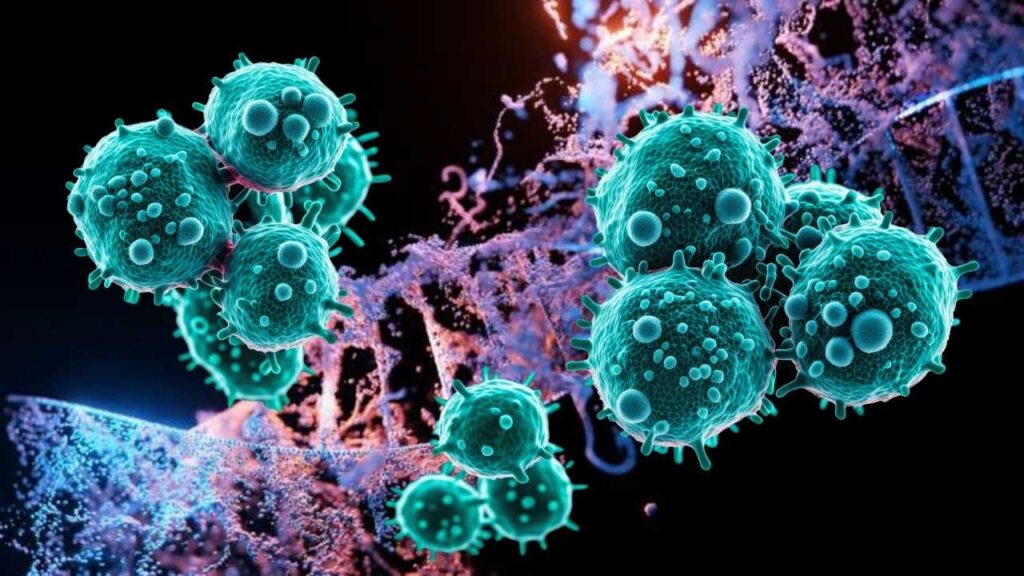
This breakthrough is changing how doctors and scientists think about cancer, offering hope for earlier treatment, better survival rates, and less invasive care.
New Diagnostic Tool Can Detect Hidden Cancer DNA Before Symptoms Appear
| Topic | Details | Key Data/Stats |
|---|---|---|
| What is new? | Blood tests and advanced tools now detect cancer DNA before symptoms show. | Detected cancer up to 3 years early in studies |
| How does it work? | Looks for circulating tumor DNA (ctDNA) in blood. | Sensitivity: 50–95%; Specificity: 89–99% |
| Who benefits? | Anyone at risk for cancer, especially those with family history or genetic risk factors. | Millions could benefit globally |
| Main technologies | Liquid biopsy, AI, multi-cancer early detection (MCED) tests, nanotechnology | AI models up to 94% accuracy |
| Official resource | National Cancer Institute |
The new diagnostic tool that can detect hidden cancer DNA before symptoms appear is a revolution in medicine. By finding cancer earlier, these tests give people a better chance at a healthy, cancer-free life. As technology advances, these tools will become even more accurate, accessible, and life-saving. If you’re concerned about cancer, talk to your doctor about the latest early detection options and stay informed through trusted sources.
What Is the New Diagnostic Tool for Early Cancer Detection?
The latest breakthrough in cancer diagnostics is a simple blood test that can spot cancer DNA long before any symptoms appear. This test works by searching for tiny bits of DNA—called circulating tumor DNA (ctDNA)—that cancer cells release into the bloodstream.
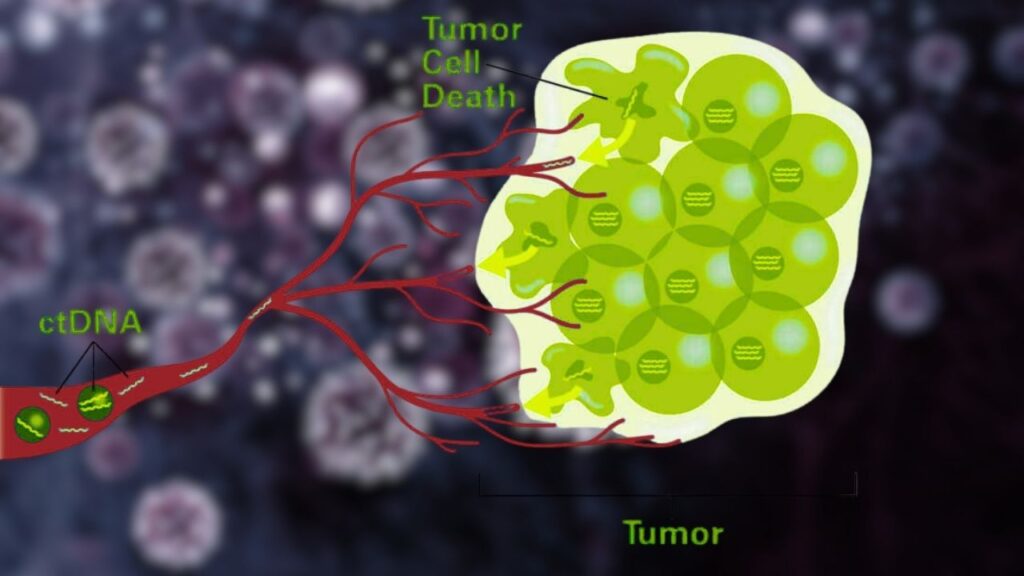
In a major study, researchers found that this blood test could detect cancer up to three years before people noticed any symptoms. This gives doctors a crucial head start, allowing them to treat cancer when it’s much easier to cure.
Why Is Early Detection So Important?
Cancer is one of the world’s leading causes of death, partly because it’s often found too late. When caught early, tumors are usually smaller, less aggressive, and more likely to be cured with less intensive treatment. Early detection could save millions of lives each year by making cancer a manageable disease instead of a deadly one.
How Does the New Diagnostic Tool Work?
1. Liquid Biopsy: The Game Changer
Unlike traditional biopsies, which require a piece of tissue from the body, a liquid biopsy only needs a small blood sample. This makes the process much easier, safer, and more comfortable.
- What does it look for? The test searches for ctDNA and other cancer-related markers in the blood.
- How accurate is it? Recent studies show sensitivity (ability to correctly identify cancer) of 50–95% and specificity (ability to rule out healthy people) of 89–99% for various cancer types.
2. Multi-Cancer Early Detection (MCED) Tests
MCED tests can check for many types of cancer at once using just one blood sample. They look for:
- DNA mutations
- Abnormal DNA methylation patterns
- Fragmented DNA
- Other tumor biomarkers
This is a huge leap from traditional screening, which usually checks for only one type of cancer at a time.
3. Artificial Intelligence (AI) and Advanced Technologies
AI models analyze huge amounts of genetic data to spot patterns that humans might miss. These AI tools can reach up to 94% accuracy in detecting multiple cancers.
Nanotechnology and microfluidics are also making these tests faster, cheaper, and more precise. Tiny sensors can pick up even the smallest traces of cancer DNA, making early detection possible for more people.
Practical Advice: How to Use These Tools in Real Life
Who Should Get Tested?
- People with a family history of cancer
- Those with known genetic risk factors
- Anyone over a certain age, as recommended by their doctor
- Individuals with unexplained symptoms or concerns
What Should You Do If You’re Interested?
- Talk to Your Doctor: Ask if early detection blood tests are right for you.
- Know Your Risk: Share your family history and any symptoms.
- Stay Informed: Follow updates from trusted sources like the National Cancer Institute.
- Get Regular Check-Ups: Early detection works best when combined with regular health screenings and a healthy lifestyle.
What Happens If the Test Finds Something?
If a test finds cancer DNA, your doctor will recommend follow-up tests to confirm the diagnosis and decide on the best treatment plan. Remember, a positive result doesn’t always mean you have cancer, but it does mean you need more checks.
Real-World Examples
- CancerSEEK: Detected cancer in people up to three years before symptoms appeared in a large study.
- Multi-Cancer Early Detection (MCED) Tests: Some commercial tests now available in select countries can check for over 50 types of cancer with one blood draw.
- Liquid Biopsy Companies: Several companies are offering liquid biopsy tests for early detection of colorectal, lung, and breast cancers.
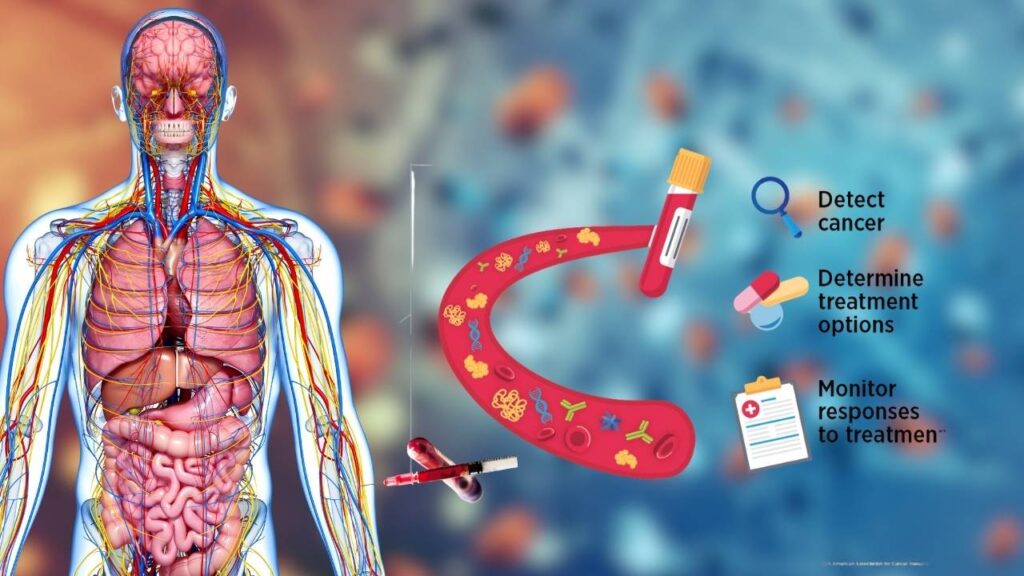
The Science Behind Early Cancer Detection
Why Do Tumors Shed DNA?
As tumors grow, some of their cells die and release DNA into the bloodstream. This DNA is different from normal DNA and can be spotted by advanced tests.
How Do Tests Find This DNA?
- Sequencing: Reading the genetic code of DNA fragments in blood.
- Pattern Recognition: Using AI to match DNA patterns to known cancer types.
- Biomarker Analysis: Checking for chemical changes linked to cancer.
How Reliable Are These Tests?
- Sensitivity: 50–95% (varies by cancer type and stage).
- Specificity: 89–99% (very few false positives).
- AI Accuracy: Up to 94% in some studies.
Challenges and Limitations
- False Positives/Negatives: No test is perfect. Sometimes cancer is missed, or healthy people are flagged by mistake.
- Cost and Access: These tests are still new and may not be available everywhere or covered by insurance.
- Follow-Up Care: Positive results require more tests, which can be stressful and expensive.
- Integration into Healthcare: Doctors and hospitals are still figuring out how best to use these new tools.
Lithium Universe Secures Global Rights for Microwave-Assisted Solar Panel Recycling Technology
Smart Windows That Automatically Adjust Temperature Could Revolutionize Indoor Comfort
FAQs About New Diagnostic Tool Can Detect Hidden Cancer DNA Before Symptoms Appear
Q1: Are these blood tests available in India or worldwide?
A: Some tests are available in select countries. Availability is expanding as more research confirms their benefits.
Q2: Can a blood test find all types of cancer?
A: MCED tests can detect many types, but not all. They are especially good for cancers that are hard to find with traditional screening.
Q3: Are these tests safe?
A: Yes. Liquid biopsies are non-invasive and require only a small blood sample.
Q4: How often should I get tested?
A: It depends on your risk factors and doctor’s advice. For most people, regular check-ups and screenings are recommended.
Q5: What should I do if my test is positive?
A: Follow your doctor’s advice for further testing and treatment. Early detection means you have more options and a better chance of cure.
The Future of Early Cancer Detection
- Wearable Technology: Devices that track health data and spot early warning signs.
- Personalized Screening: Tailoring tests to your unique genetic risk.
- Better Access: Making these tools affordable and available to everyone, everywhere.

